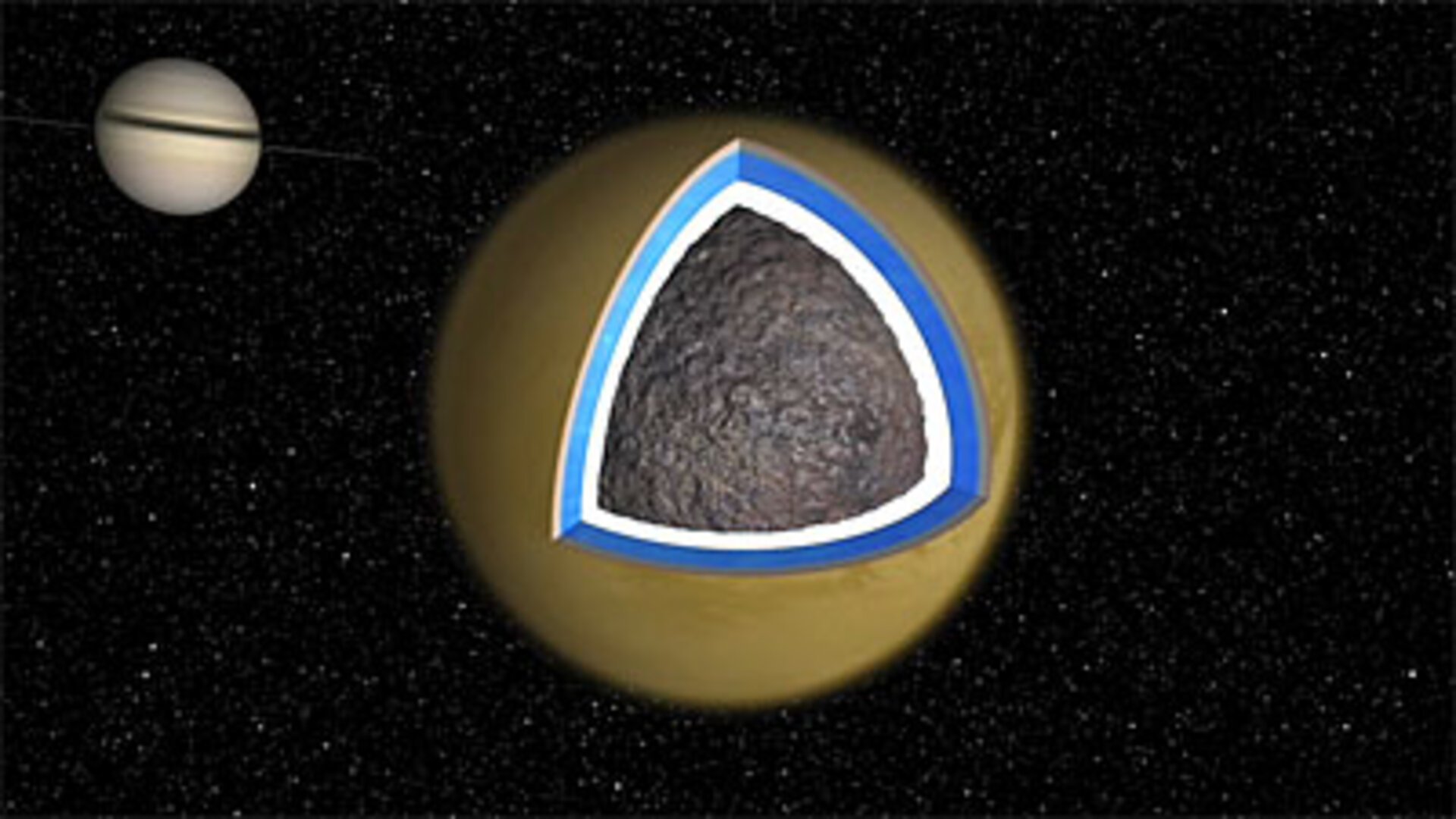
Titan is Saturn's largest moon, with a thick atmosphere and liquid methane lakes, making it the only place besides Earth with stable liquid on its surface. A new paper reveals how a team of researchers have compared real craters on Titan with computer-simulated ones to determine the thickness of its icy shell. This information is important for understanding Titan's interior structure, how it evolved thermally, and its potential to produce organic molecules, making it significant for astrobiological research.
Continue reading
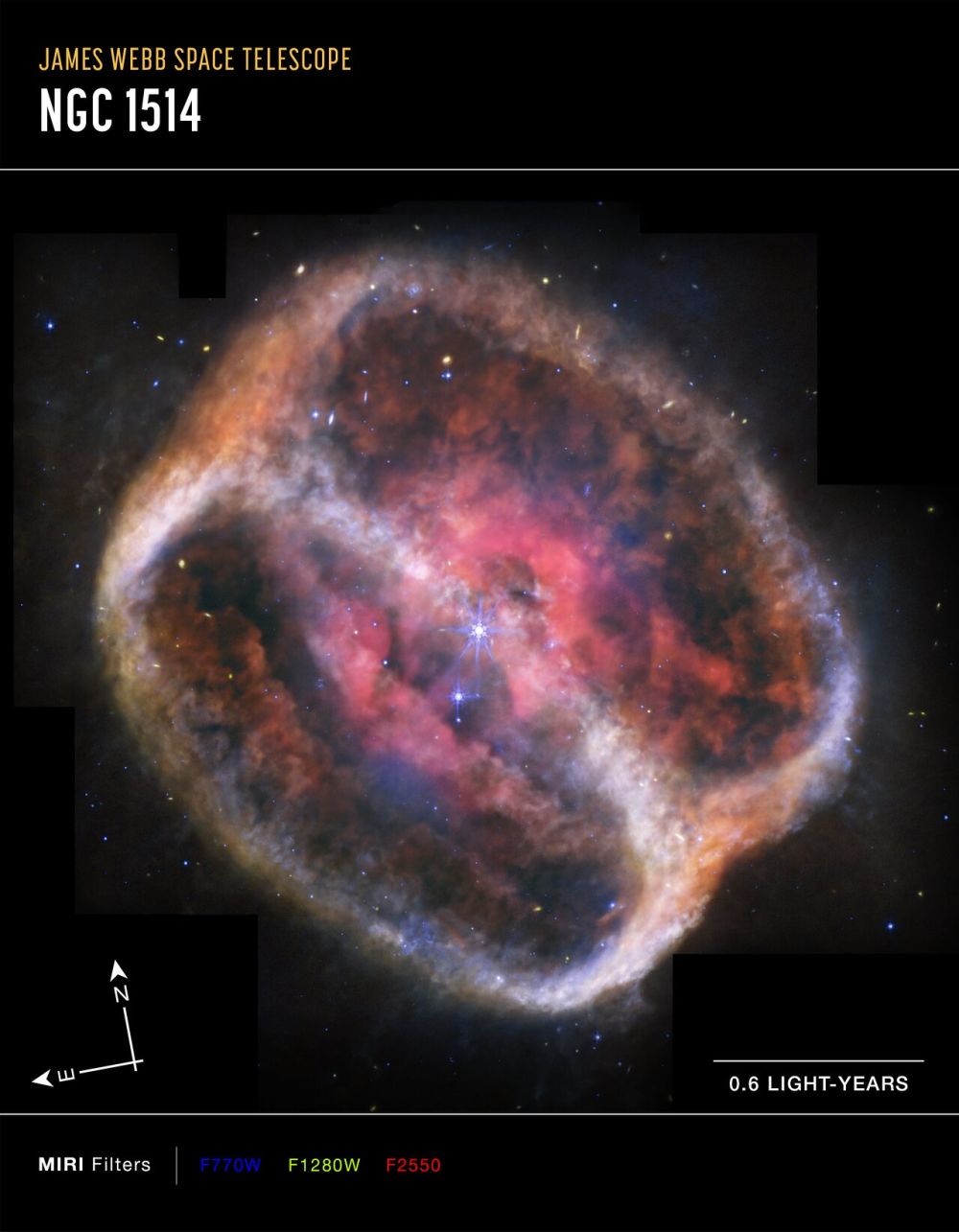
NGC 1514 is a planetary nebula about 1500 light years away. William Herschel discovered it in 1790, and its discovery made him rethink the nature of nebulae. It's been imaged many times by modern telescopes, and each time a more capable one revisits it, astronomers learn more about it. The JWST is the latest to observe the curious nebula, and its observations help explain the unusual object.
Continue reading
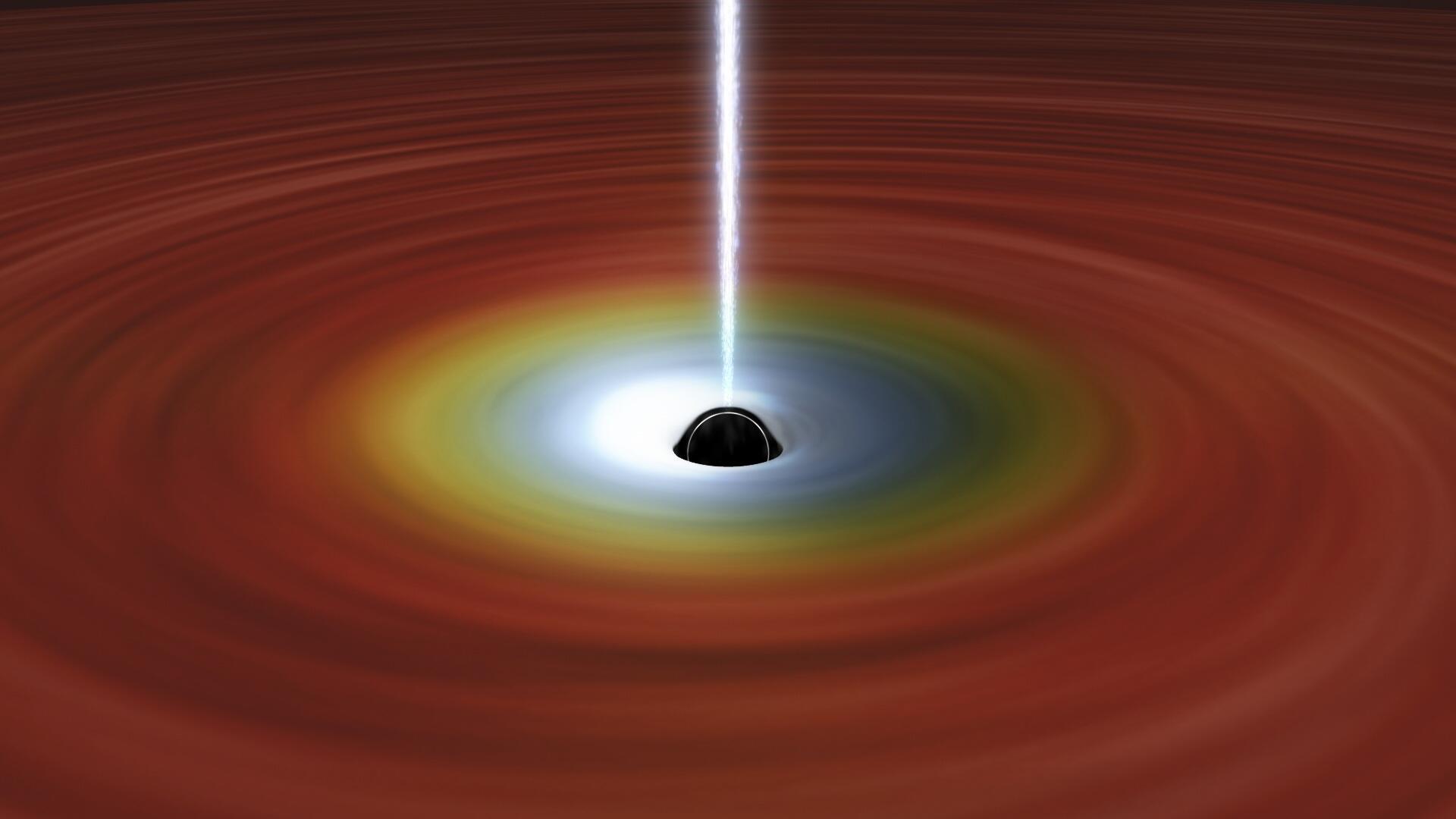
We've long known that black holes can produce powerful jets of ionized gas. These jets stream away from the black hole at nearly the speed of light. Jets produced by supermassive black holes are so powerful they are seen as quasars from billions of light-years away. But when you think about it, jets are a bit counterintuitive. Black holes trap and consume material through their tremendous gravity, so how can they push streams of material away? A recent study in Publications of the Astronomical Society of Japan shows how it works.
Continue reading
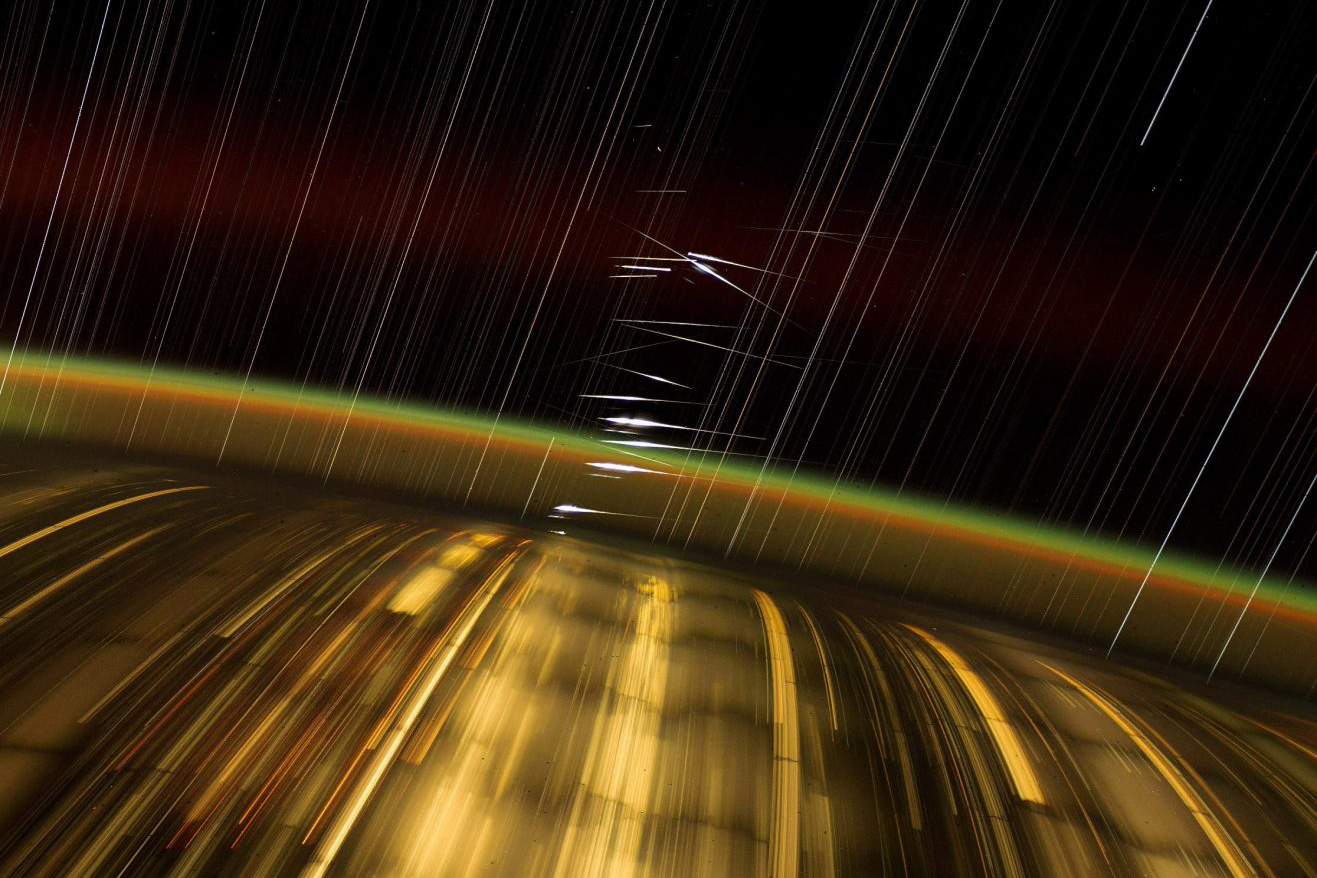
Whether your views on climate change are informed by politics or science, it's getting harder to ignore it's effects on our lives down here on Earth. But a surprising study reports that increasing concentrations of greenhouse gases in our atmosphere could also be affecting the problem of space junk. As the heat energy stored in our atmosphere increases, its ability to scrub debris from Low-Earth Orbit (LEO) decreases, increasing the risk of satellite collisions and making it more likely that humanity could lose access to space entirely.
Continue reading
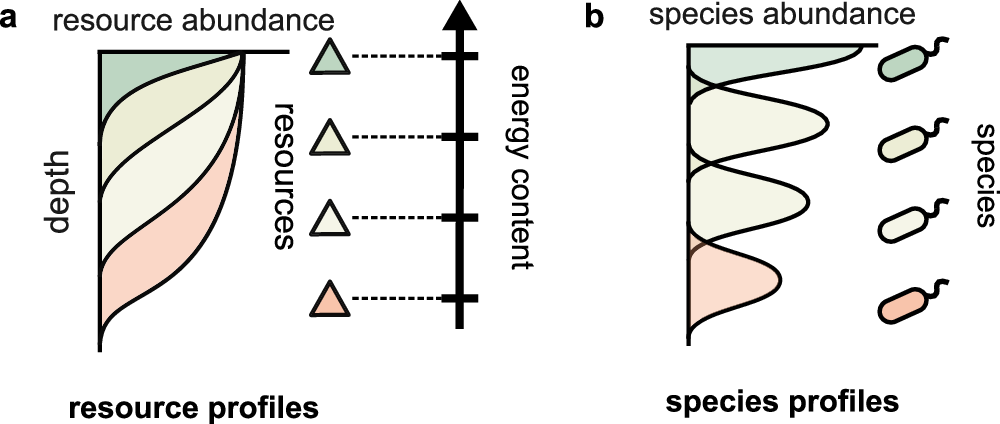
One of the challenges of searching for life in the Universe is that there is no single universal biosignature that could reveal its presence. Even if we could tell the difference between chemicals produced by living organisms and those from non-living sources like volcanoes, we're still making the assumption that alien life would resemble life on Earth. A new paper proposes that missions search for "energy-ordered resource stratification" which only happens when both self-replication and ecological competition are present.
Continue reading
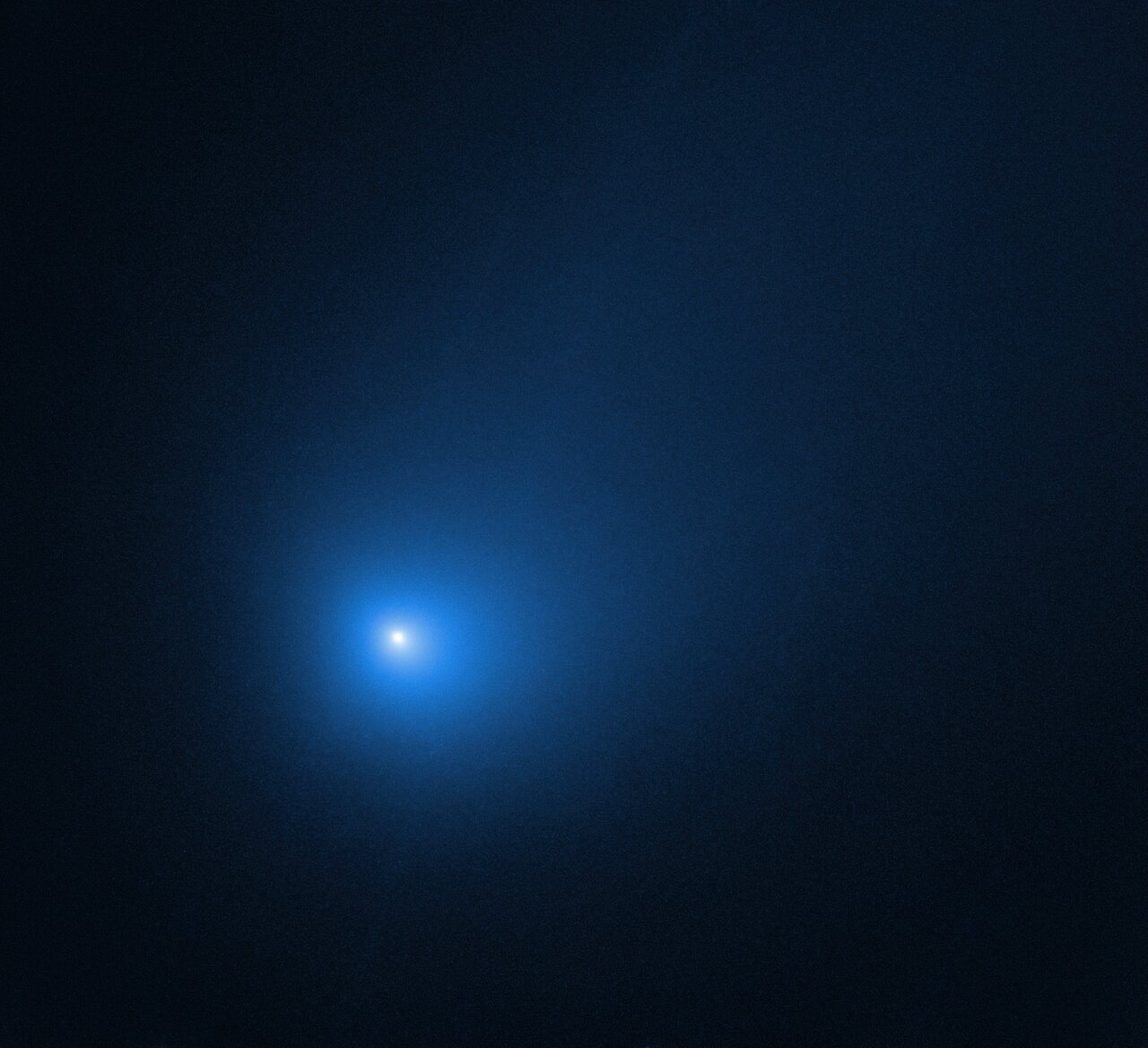
Continue reading
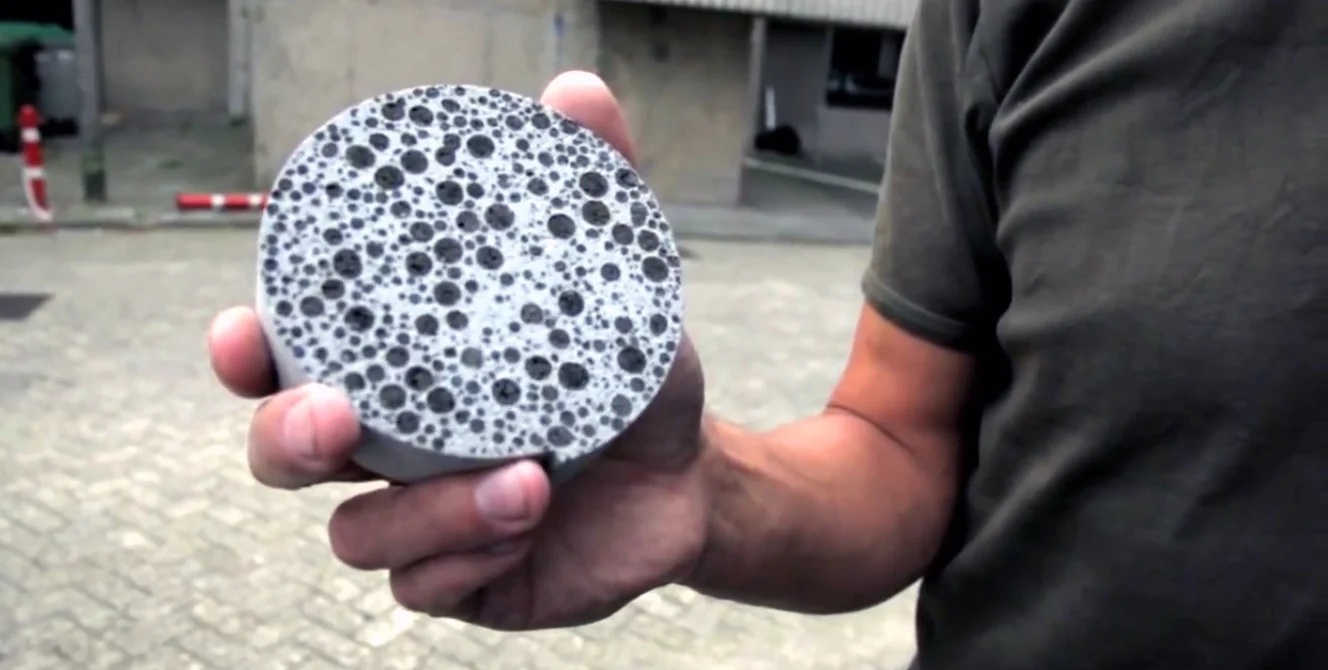
Continue reading
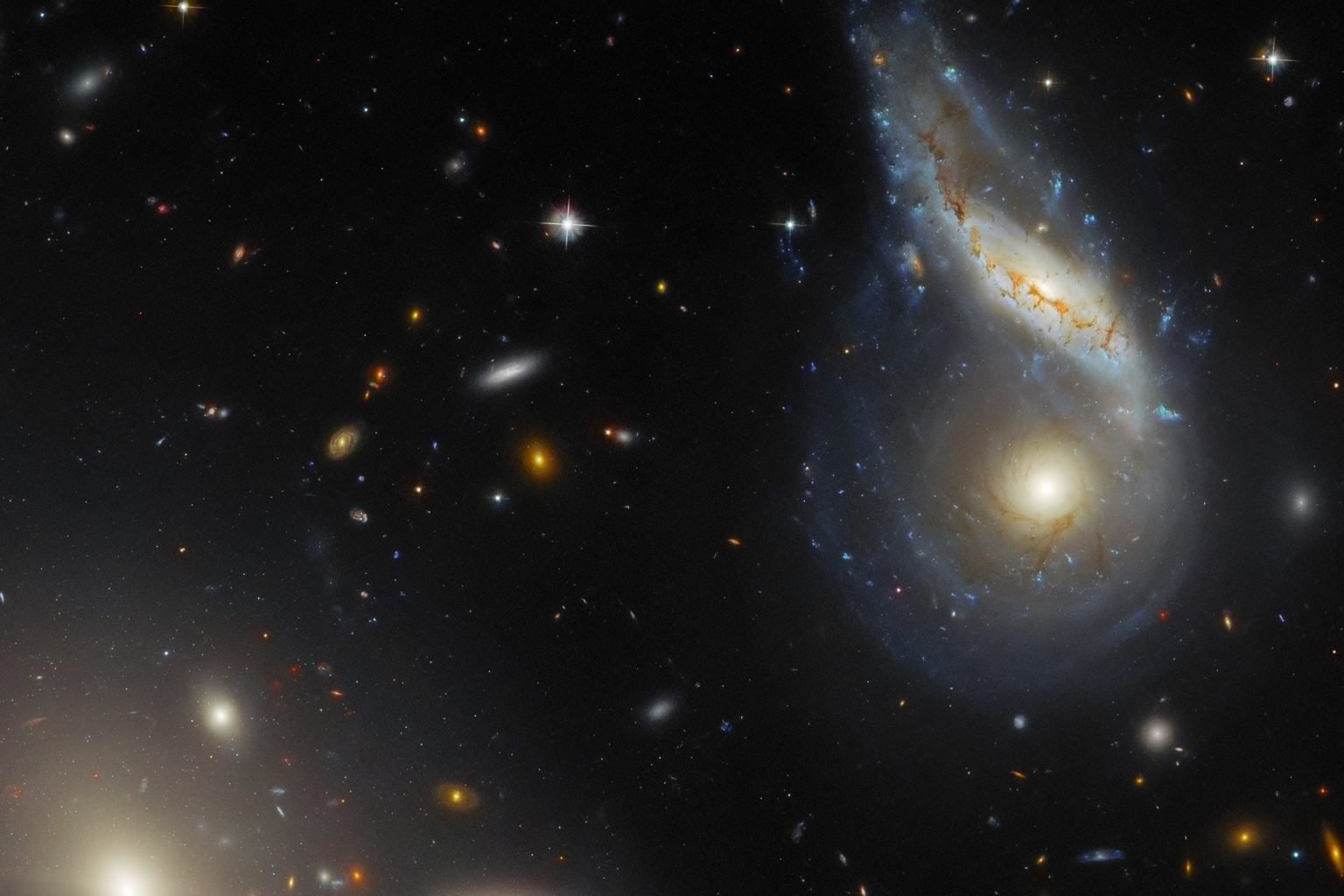
The human perception of stars is that they are largely unchanging although of course in reality stars and their host galaxies do change over time, just very VERY slowly. When galaxies deplete their star forming materials, they traditionally become redder as short lived stars die while long lived dwarf stars persist for trillions of years. However, recent research challenges this understanding.
Continue reading
Random flashes of radiation in the sky are not all that unusual. A few years ago, once such flash was detected coming from a star that at the time, was believed to be from a star consuming a planet! The exact mechanism was unsure though for example; was it the star bloating up as a red giant and engulfing the planet or did the planet spiral in toward the star? The answer was until now, a little elusive. Observations from the James Webb Space Telescope showed the environment around the star didn't match a red giant so it must have been the planet crashing into the star!
Continue reading
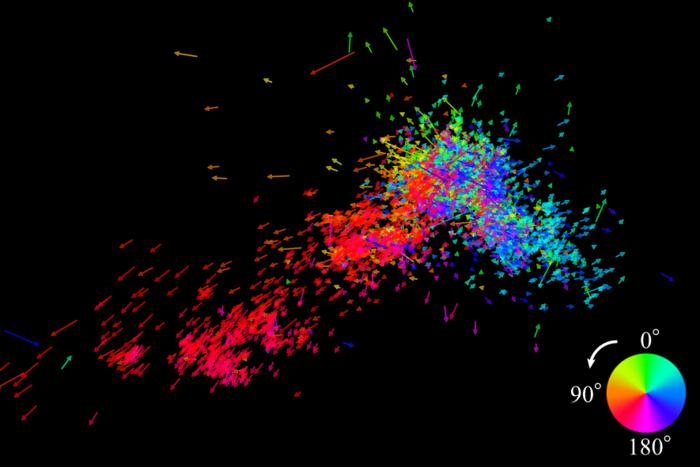
The two most prominent satellite galaxies of the Milky Way are the Large and Small Magellanic Clouds. A team of astronomers have recently tracked the movements of 7,000 stars in the Small Magellanic Cloud (SMC) and found that many of them are being pulled away towards the Large Magellanic Cloud! It seems the SMC is being pulled apart, perhaps leading to its eventual destruction as the tidal forces strip away its stars!
Continue reading
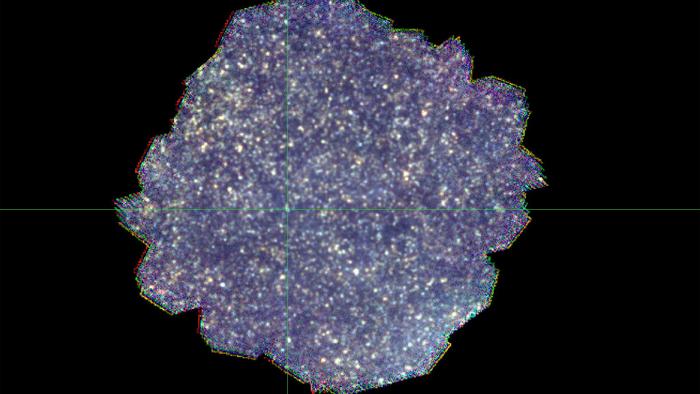
One of the things about astronomy that captivates me is that for every question we answer, we open up a whole bunch of other questions. Dark matter and dark energy are one such phenomenon that rather continues to confound us. There's also the mystery of missing infrared light too but a team of astronomers think they may have found it! The team examined a region of sky using the Herschel Space Telescope and, by staking 141 images, found where individual dust-rich galaxies appeared blended together. The galaxies are absorbing starlight and re-emitting infrared radiation, and is this that may well account for the missing light.
Continue reading
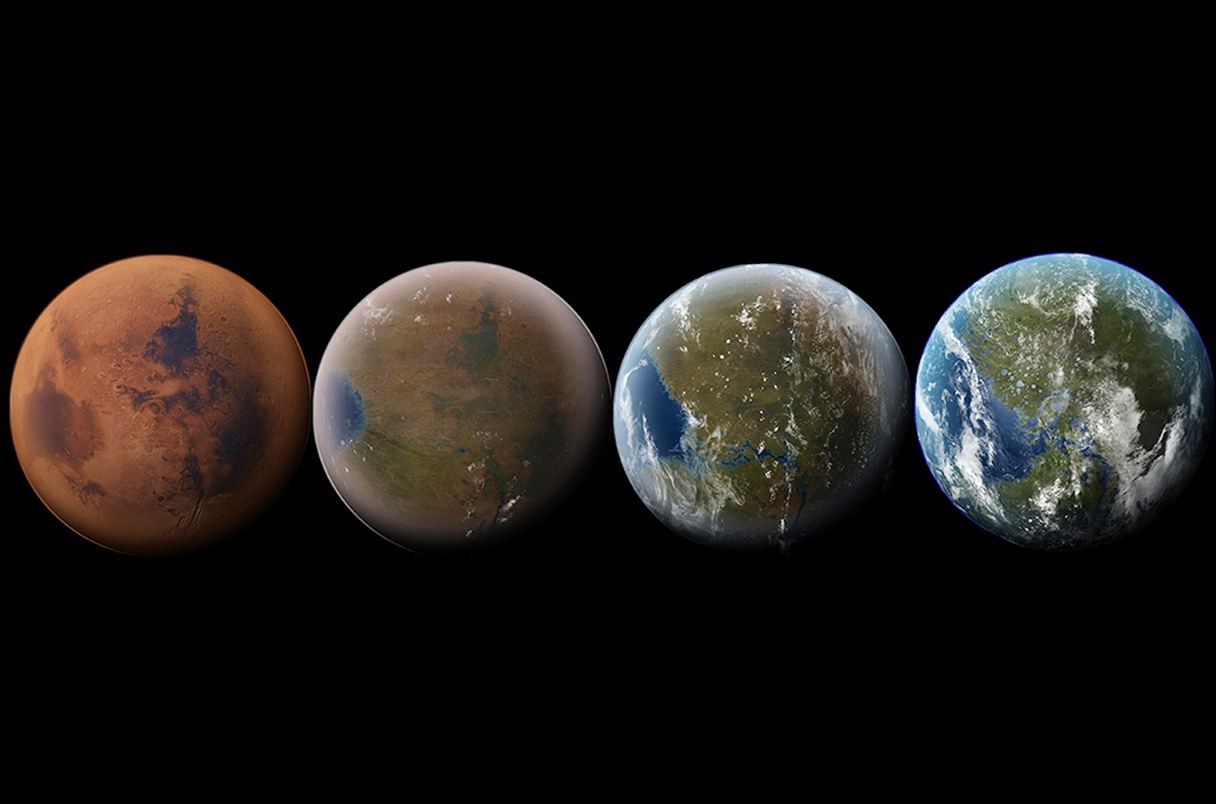
Mars is a cold, dry desert, but it could be possible to rapidly increase the temperature of the planet by releasing particles into the atmosphere. Researchers investigated two possible chemicals: graphene or aluminum. With just two liters per second of release, we could double the Mars greenhouse effect, raising its temperature by +5 Kelvin in only 1.1 years. Once the chemical release is stopped, the planet would cool back to its normal state.
Continue reading
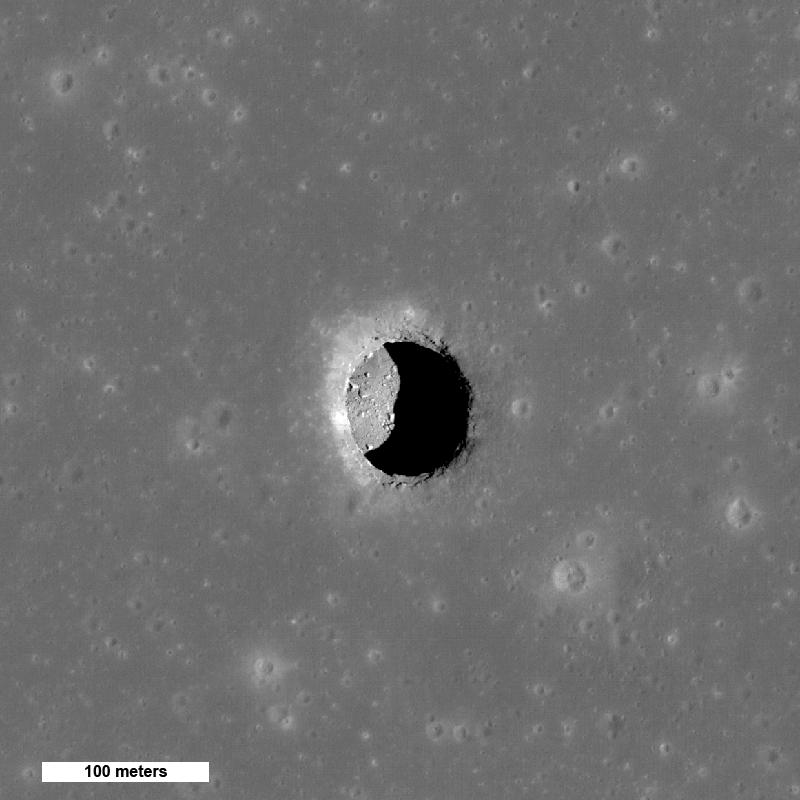
Continue reading
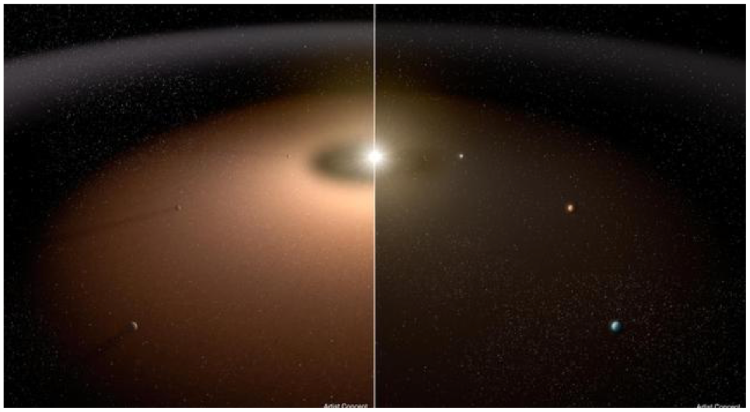
What can exozodiacal dust, also called exozodi, teach astronomers about identifying Earth-like exoplanets? This is what a recently submitted NASA white paper—which highlights key findings from the annual Architecture Concept Review—hopes to address as a team of researchers discussed how exozodi orbiting within a star's habitable zone (HZ) could interfere with detecting Earth-like exoplanets. This study has the potential to help scientists better understand observational constraints of observing Earth-like exoplanets and what improvements could be made for future telescopes and instruments to overcome these constraints.
Continue reading
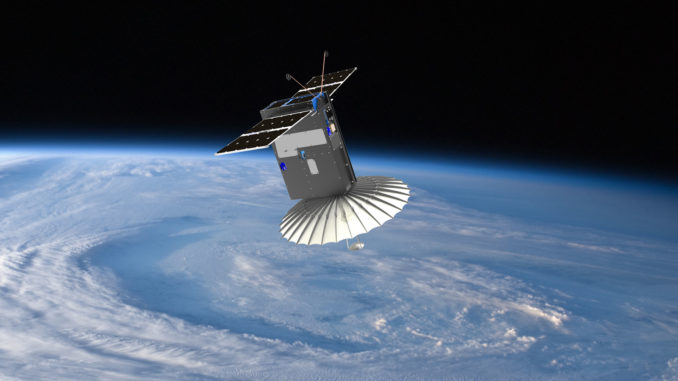
The widespread use of low Earth orbit (LEO), especially by thousands of CubeSats, has opened up many opportunities in research and business applications. One particular field that has benefited from the data that CubeSats provide is farming. Precision agriculture (PA) is a technique that uses advanced sensors, including the remote ones on CubeSats, to determine the health and productivity of a farm. A recent review paper from Lamia Rahali and her co-authors at the Mediterranea University of Reggio Calabria's Department of Agriculture looks at how CubeSats have been changing the practice of precision agriculture - and how they may continue to do so.
Continue reading
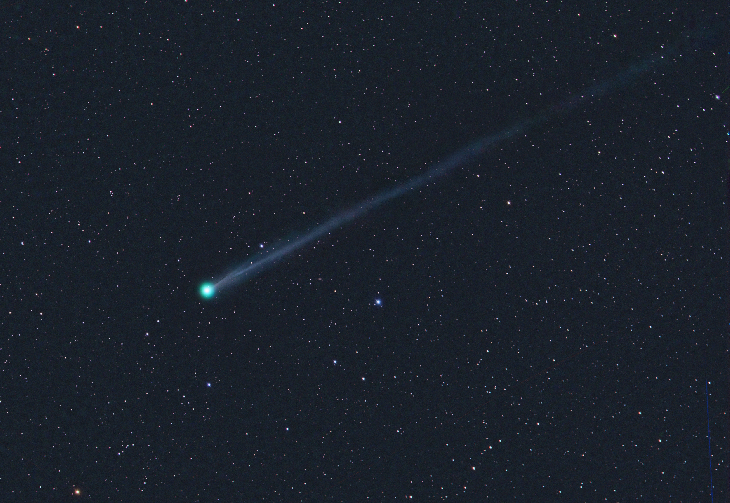
Newly discovered comet C/2025 F2 SWAN could put on a brief dawn display over the next few weeks. Discovered thanks to the hard work of online sleuths and amateur astronomers, the comet may brighten towards perihelion on May 1st.
Continue reading

Astronomers are on the hunt for those in-between black holes, not the small stellar ones or the supermassive ones, but something right in the middle. Recently, a group of scientists spotted a star travelling at high velocity out of the globular cluster M15. This speedy star got kicked out about 20 million years ago and is now zooming along at an incredible 550 km/s, fast enough that it's actually escaping our entire Galaxy! The researchers think this stellar ejection might have happened because of some cosmic game of pool - basically a three-body interaction involving one of those middle-sized black holes they've been trying to find!
Continue reading
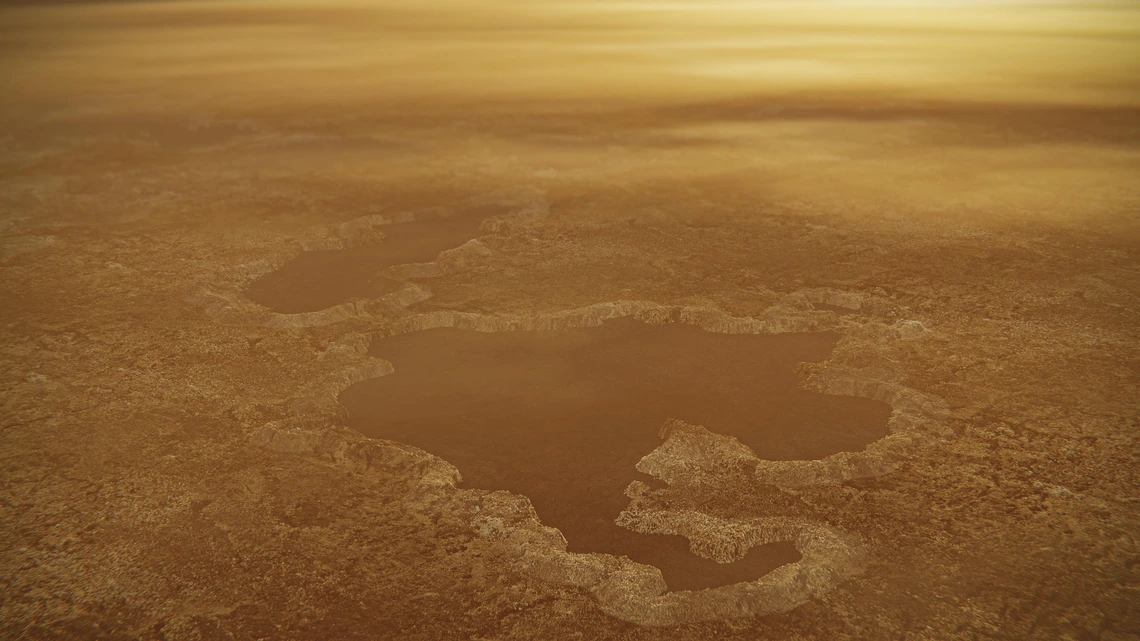
The search for life in our Solar System, however primitive, past or present has typically focussed upon Mars and a select few moons of the outer Solar System. Saturn's moon Titan for example has all the raw materials for life scattered across its surface, rivers and lakes of methane along with rock and sand containing water ice. There's even a sprinkling of organic compounds too but according to a new study, Titan can probably only support a few kilograms of biomass overall, that's just one cell per litre of water across Titan's ocean.
Continue reading
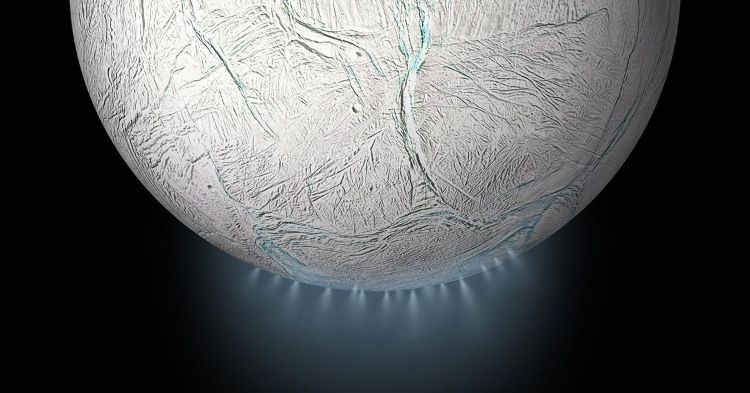
What kind of mission would be best suited to sample the plumes of Saturn's ocean world, Enceladus, to determine if this intriguing world has the ingredients to harbor life? This is what a recent study presented at the 56th Lunar and Planetary Science Conference hopes to address as a team of researchers investigated the pros and cons of an orbiter or flyby mission to sample Enceladus' plumes. This study has the potential to help scientists, engineers, and mission planners design and develop the most scientifically effective mission to Enceladus with the goal of determining its potential habitability.
Continue reading
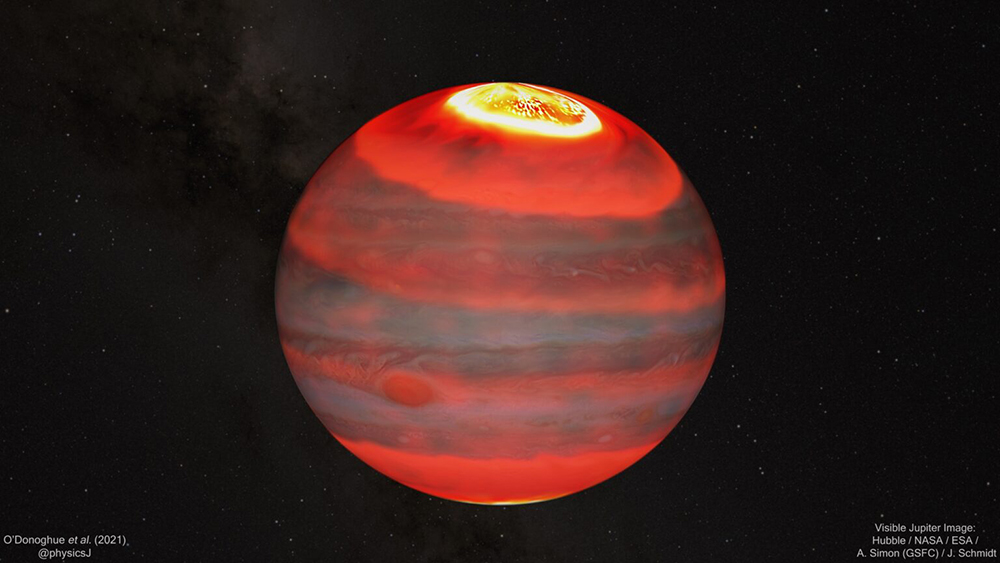
In the great tug-of-war between the Sun and its planets, Jupiter, Saturn, and Uranus are much more susceptible to solar activities than scientists thought. Jupiter itself has an interesting reaction as it gets pummeled several times a month by solar wind bursts. They compress its magnetosphere and create a huge "hot spot" with temperatures over 500C.
Continue reading

 Universe Today
Universe Today

















